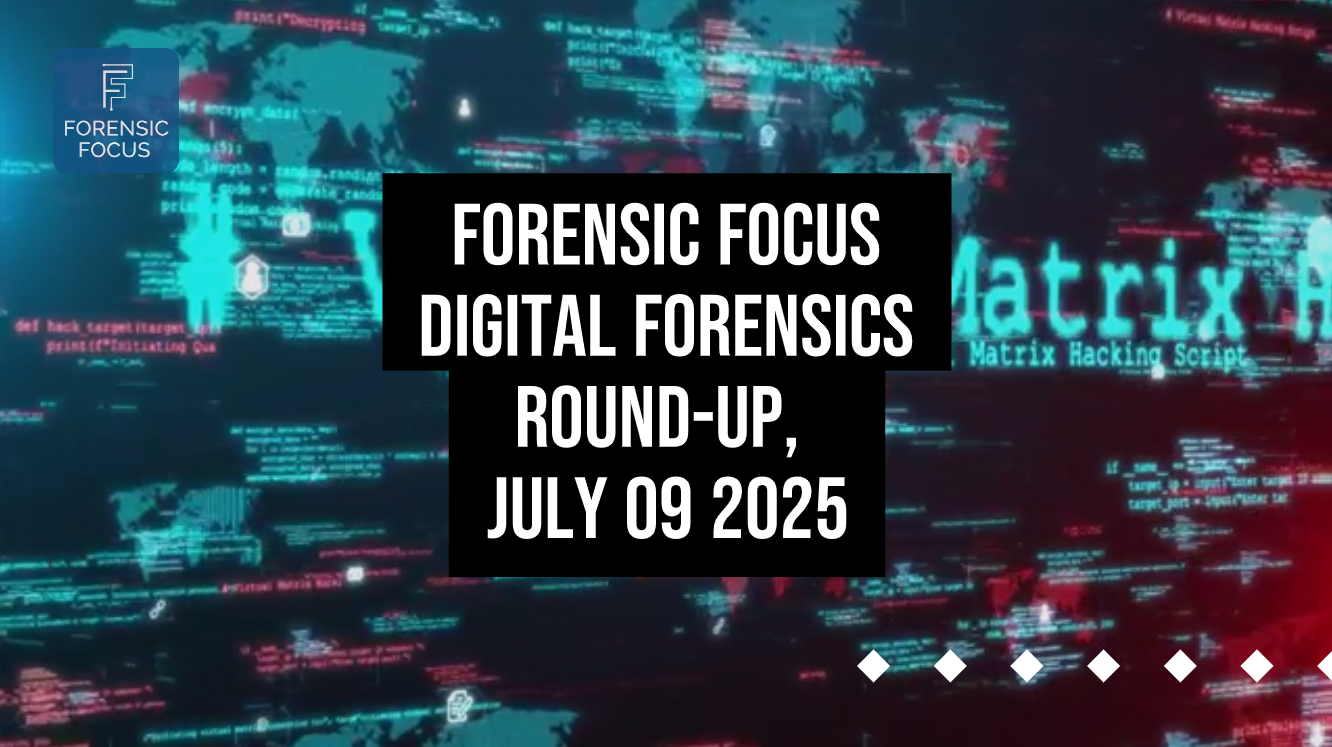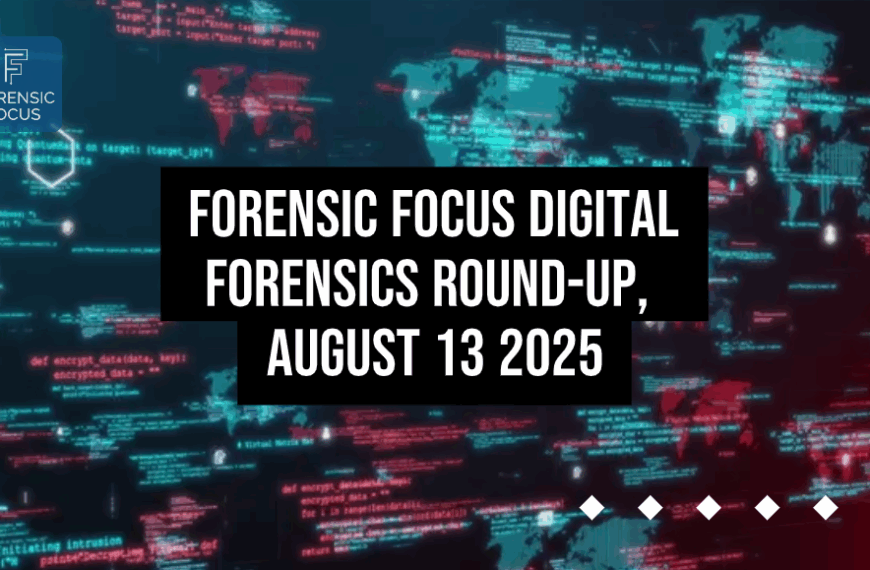A round-up of this week’s digital forensics news and views:
AI Models Tested for Digital Forensics Evidence Analysis
Researchers develop a framework using large language models including GPT-4o, Gemini 1.5, and Claude 3.5 to analyze mobile messenger data from criminal investigations. The study tests these AI systems on over 140,000 real forensic messages from drug-related cases provided by Korean police, finding that LLMs can effectively distinguish between genuine criminal communications and metaphorical language use.
UFADE Digital Forensics Tool Releases Version 1.0
Digital forensics tool UFADE reaches version 1.0 milestone with new Linux compilation, improved tunnel and chat loop logic, and enhanced support for Apple Watch and Apple TV forensic analysis. The release includes better developer options for older iOS devices, additional metadata extraction, and updated DeveloperDiskImages for specific iOS versions.
Digital Forensics Expert Reveals How Modern Vehicles Solve Crimes
Enhanced Digital Media Investigator Davinder Sangha discusses how vehicle forensics transforms police investigations, with modern cars providing crucial evidence including location data, connected device information, and infotainment system records. Vehicle data now helps solve not only high-profile cases but also volume crimes like vehicle theft, offering investigators real-time intelligence and CCTV opportunities that traditional forensic methods cannot provide.
Researchers Develop Tool to Decrypt Signal Desktop Messages on Windows
Cybersecurity researchers at Portuguese institutions have developed a methodology and automated tool called SignalForensics to decrypt locally stored data from Signal Desktop on Windows systems. The research addresses forensic challenges posed by Signal’s encrypted storage by documenting the step-by-step decryption process and creating a Python tool that extracts cryptographic materials, decrypts files, and generates comprehensive CSV and HTML reports for forensic investigators.
Debunking DFIR Myths: 5 Things You Think You Know (That Are Wrong)
Common DFIR myths include overtrusting the Windows Registry, assuming formatting erases data, ignoring antivirus logs, taking timestamps at face value, and treating memory forensics as niche. These misconceptions can lead to missed evidence or flawed conclusions. Understanding their limits helps investigators think critically and work more effectively.
Digital Forensics and Incident Response Require Distinct Approaches
Digital forensics expert Brett Shavers argues that digital forensics (DF) and incident response (IR) should be treated as separate disciplines with different objectives. While DF focuses on evidence collection for court proceedings and attribution, IR prioritizes containment, recovery, and prevention without necessarily requiring forensically sound methods.
UN Agencies Train Kyrgyz Officers in Drone Digital Forensics
UNODC, Interpol, and UNOCT conduct a five-day training course for 25 Kyrgyz law enforcement specialists on unmanned aircraft systems digital forensics. The program teaches officers to recover and analyze drone data to combat criminal use of drones for drug trafficking and border violations. Training focuses on identifying operators behind seized drones and establishing evidence chains for prosecution.
Scotland’s Digi Dogs Lead the Hunt for Hidden Criminal Evidence
Police Scotland’s “digi dogs” have uncovered over 500 hidden electronic devices during 200 deployments since May last year. Trained to detect the scent of concealed gadgets, the dogs have helped secure key evidence in cases involving child abuse, organized crime, and murder. Their success is strengthening prosecutions and making it harder for criminals to hide digital evidence.







